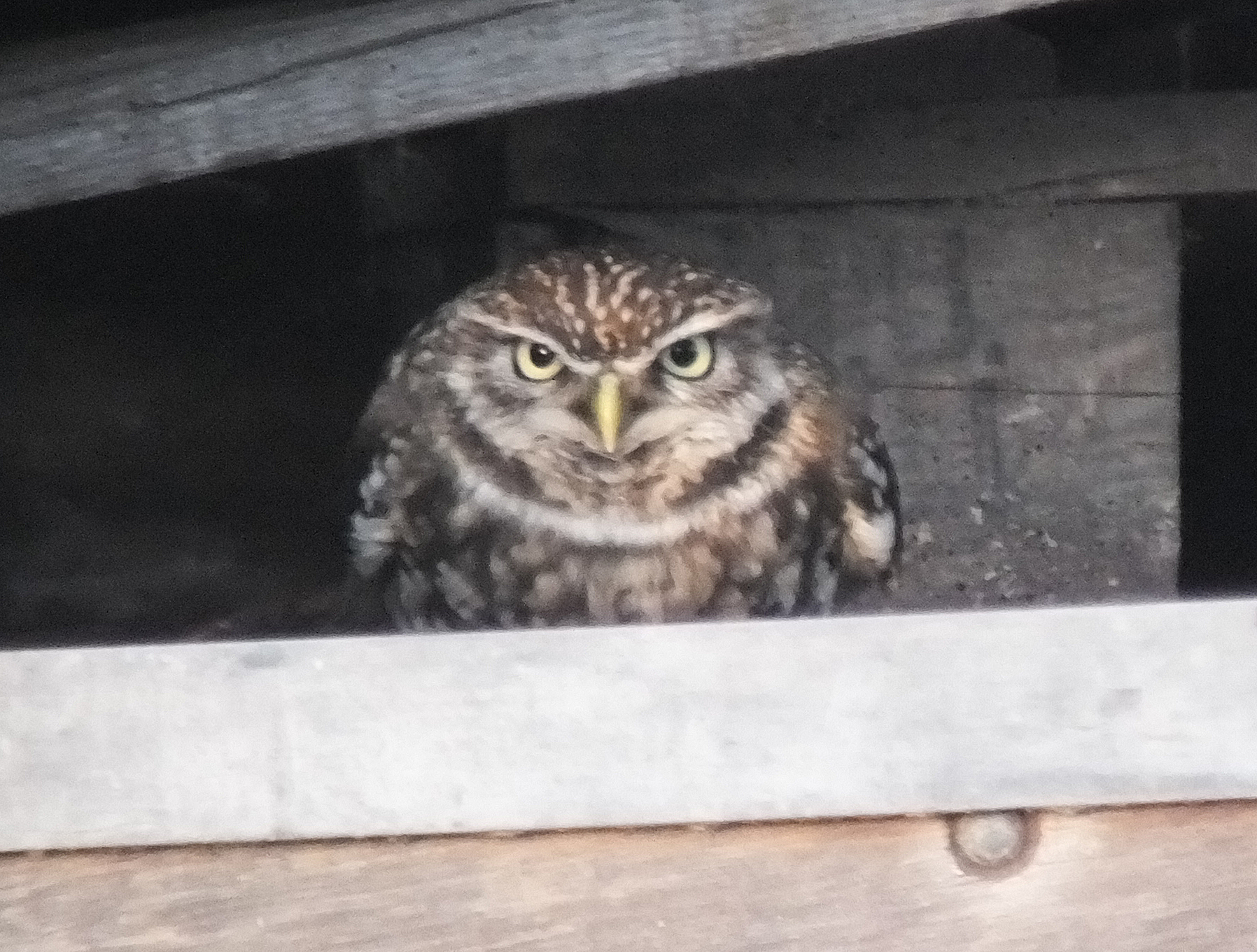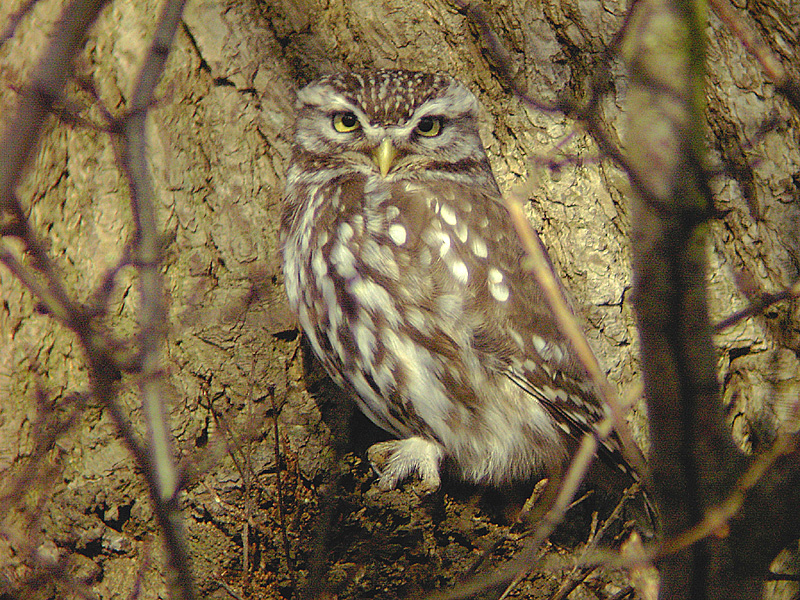- Home
- FAQs
- Customer Video Gallery
- Customer Photo Gallery
- Bird Facts
- Bird Food Blog
- Bird Information
- Feeding Advice
- Small Animal Information
- A to Z of Guinea Pigs
- A to Z of Hamsters
- A to Z of Rabbits
- Basic Care for Guinea Pigs
- Basic Care for Hamsters
- Basic Care for Rabbits
- Basic care for Chinchillas
- Basic care for Ferrets
- Basic care for Gerbils
- Basic care for Mice
- Basic care for Rats
- Buying a Healthy Small Animal
- Does your Reptile need a Licence
- Equipment for Ferrets
- Equipment for Hamsters
- Equipment for Mice
- Equipment for your Chinchilla
- Equipment for your Gerbil
- Equipment for your Guinea Pig
- Equipment for your Rabbit
- Keeping a House Rabbit
- Dog Information
- Cat Information
- Customer Information
- Fat Balls
- Suet Pellets
- Straights
- Seed Mixes
- Suet Treats
- Mealworms
- Bird Feeders
- My Account
Little Owls...
Date: 2014-04-28 11:33:39 | Category: Bird Watching | Author: Neill Hunt
The Little owl is a fairly common British breeding resident with around 5,000 breeding pairs. It is not a native bird but was introduced into the United Kingdom in the late 1800’s from Europe. Since its initial introduction it has done very well and now occupies most of England and Wales, it is absent from Ireland and is present in only southernmost Scotland.Unlike Tawny and Long-eared, the Little Owl can be seen frequently during daylight hours, often sat on a prominent perch. It occurs in many different habitat types from gardens to farmland and woodland, it feeds on a large variety of food from insects to birds, amphibians to small mammals.
They can often be seen hanging around old dilapidated sheds and buildings, often sat quite conspicuously, viewing the world through they’re piercing yellow eyes.
I am lucky enough to have a bird present on my local birding patch in Southport, Merseyside, it always brightens up my day when I come across him, usually sat in an old abandoned railway carriage in the middle of a rough field, excellent!
Little Owls are small, averaging 22 cms in length, Adult males and females are alike.
The plumage is extremely cryptic, a combination of browns and whites, birds are often visible during the day as they often use prominent open perches.
The Little Owl is small owl with large flat head, small compact body and short broad wings.

Upperperts are grey brown with varying amounts of heavy white spotting. The face shows heavy white eyebrows and brown face centre with pale horn coloured bill. The crown is heavily streaked. The underside is also heavily streaked brown on the chest which fades on the belly, leaving the lower belly and undertail white. Juveniles appear from April onwards and once their white down feathers are moulted they look very similar to adults.
Little Owls occur in all habitat types throughout England and Wales, woodlands, parks, gardens, farmland, hedgerows indeed any open country habitat with suitable scrub. They prefer open pasture land and often nest in old buildings and tree cavities. Little Owls use sit and wait tactics for hunting, using a favourite perch to observe from.
In the garden Little Owls may perch close by a feeding station waiting for small rodents to appear, eating spilt seed etc...then swoop down to take them. Keeping feeders stocked and throwing seed mix on the floor may attract small rodents for the Little Owl to feed on.
Several call notes; most often a drawn out ‘Kooaa’ rising slightly and a short sharp series of ‘chip chip chip’ notes often given when alarmed.





